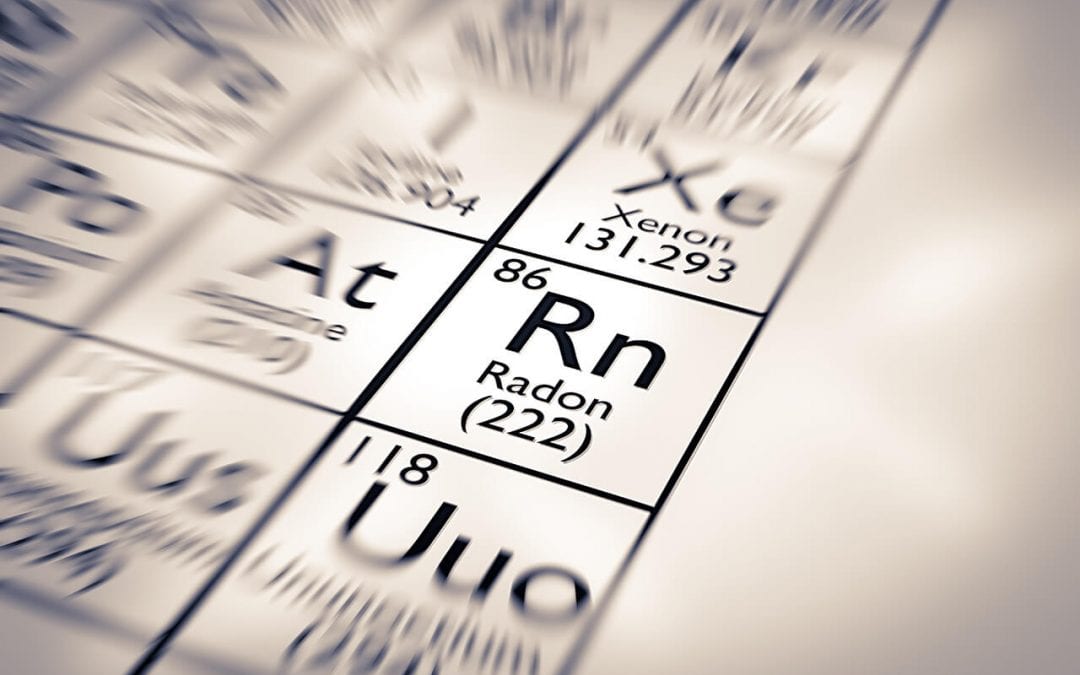The EPA has declared January as National Radon Action Month to raise awareness about the dangers of radon in the home. Most people who have high levels of radon in their home are unaware of it, which is why a radon test is always a good idea. Perhaps a neighbor recently discovered that they have a radon problem and this has raised your concerns as well. If you worry that you have high levels of radon in your home, there are a few immediate steps that you should take.
Why Radon in Your Home Is So Dangerous
Radon is a natural gas that is a byproduct of uranium decomposing in ground soil. Because it is a gas, it will slowly make its way to the surface. In many cases, radon simply escapes harmlessly into the atmosphere. However, when gas is under or near your home, it can enter through various small cracks and gaps in the foundation and exterior walls.
Radon gas exposure does not cause any immediate symptoms. Since it is clear and odorless, you may be exposed to it for many years without knowing radon is present in your home. Exposure to elevated levels of radon can lead to lung cancer and has resulted in thousands of deaths.
1. Schedule a Radon Test
There are do-it-yourself home radon testing kits, but these are not as accurate or reliable as professional-grade tests. A professional uses high-quality testing equipment and will have the knowledge and experience necessary to produce accurate results through exceptional testing procedures. Rather than wondering if the radon test that you completed on your own is accurate, you will know with certainty by having a professional test your home for radon.
2. Air Out Your Home
One of the reasons why radon in your home builds up to dangerous levels is because modern homes are generally well-sealed compared to older homes. Ventilation is essential for removing gas from the home, so opening your doors and windows will help allow radon to escape. Understand that this is not a cure for the problem, and it will not fully remove all of the dangerous radon gas in your home. High levels of radon require professional mitigation to rid your home of the gas.
3. Follow All Recommended Remediation Steps
A radon mitigation company will provide you with a remediation plan that is customized specifically for your home. Some people have read about radon remediation on their own and attempt to complete the work themselves. However, when the wrong techniques are applied or when they are applied incorrectly, it can actually make the problem worse. A remediation plan should be completed by well-trained experts.
4. Focus on Long-Term Prevention
The next step after remediation is to prevent high levels of radon in your home in the future. One of the many steps that you can take is to install ventilation equipment. You may also need to seal cracks in your foundation and other openings that allow the gas inside. Your radon inspector can provide recommendations and suggest services that are essential for prevention.
Radon in your home is not a matter to take lightly or to put off dealing with for another day. If you are worried about having high levels of radon in your home, it is essential that you contact an inspector and schedule a test. From this test, you can determine the best course of action for dealing with your radon issue.
Guardian Home Inspection Services provides professional radon testing to Southwest Michigan. Contact us to schedule a radon test.

